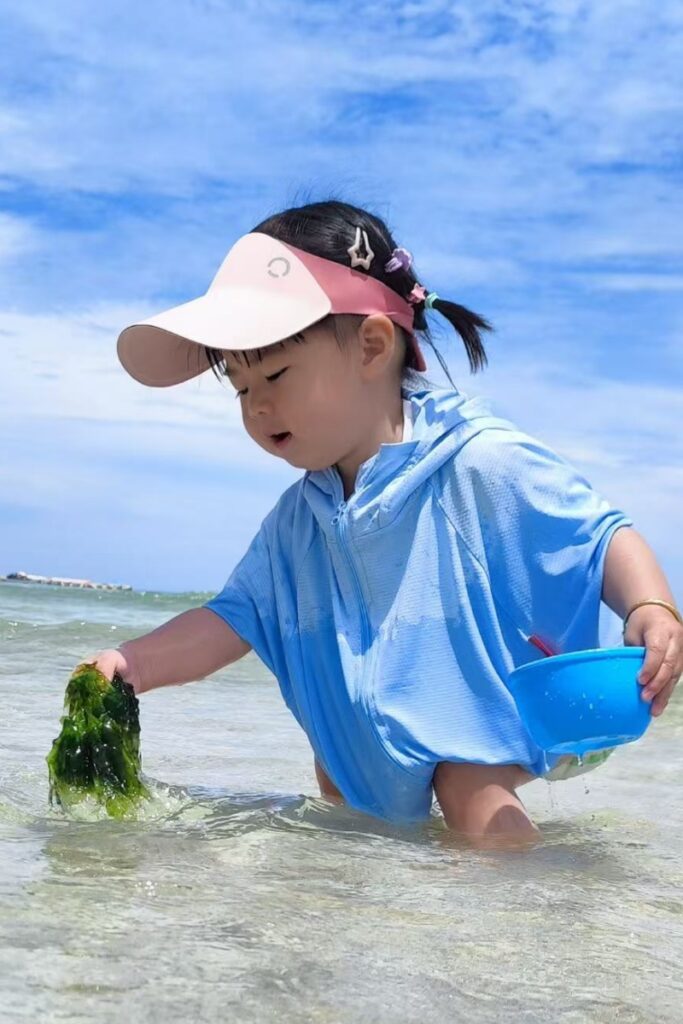As a professional in children’s outdoor sports, I present an analysis of the classification and development trends of global children’s outdoor sports. These activities are vital for children’s physical and mental health, while also promoting teamwork, exploration, and environmental awareness. Below is a detailed breakdown of this field.
I. Classification of Children’s Outdoor Sports
Children’s outdoor sports can be broadly categorized into three types:
- Adventure Sports
- Examples: Rock climbing, kayaking, skiing, skateboarding, etc.
- Characteristics: These activities typically require professional equipment and guidance, making them suitable for older children (generally over 10 years old).
- Benefits: Adventure sports help develop courage, focus, and the ability to tackle challenges.
- Traditional Sports
- Examples: Soccer, basketball, baseball, and similar outdoor sports.
- Characteristics: These emphasize teamwork and competitive skills, appropriate for children of all ages.
- Benefits: They enhance social skills and improve physical fitness.
- Leisure Activities
- Examples: Hiking, cycling, camping, picnicking, etc.
- Characteristics: These focus on enjoying nature and relaxation, ideal for families and especially younger children.
- Benefits: Leisure activities foster a connection with nature and boost environmental awareness.
II. Development Trends of Global Children’s Outdoor Sports
In recent years, participation in children’s outdoor sports has risen globally, particularly after the pandemic, as people increasingly recognize the health and social benefits of outdoor activities. Here are the key trends:
- Sustained Growth in Participation
- Per the 2023 Outdoor Industry Association report, participation in outdoor activities among children aged 6-17 has grown by 15% over the past five years.
- During the pandemic, outdoor sports became a safe way to maintain health and social interaction, a trend that persists today.
- Significant Regional Differences
- North America and Europe: Adventure sports like rock climbing, kayaking, and skiing are gaining traction, with schools and community centers offering related programs.
- Asia: Traditional sports such as soccer and basketball remain dominant, though leisure activities like hiking and camping are growing, particularly among urban middle-class families.
- Nordic Countries (e.g., Norway, Sweden): Outdoor education, including orienteering and cross-country skiing, is embedded in school curricula.
- Major Cities (e.g., Tokyo, New York): Limited outdoor space leads to organized sports like soccer and basketball in parks or playgrounds.
- Emerging Trends
- Integration of Technology: Smartwatches, GPS tracking, and virtual reality enhance safety and engagement, drawing more children to outdoor sports.
- Forest Schools and Nature Education: These immersive programs, popular in Europe and North America, deepen children’s connection to nature.
- Eco-Friendly Activities: With growing environmental awareness, trends like Leave No Trace and low-carbon travel encourage children to protect nature.
III. Factors Influencing Development Trends
Several factors are shaping the evolution of children’s outdoor sports:
- Technological Advancements
- Smart devices track activity data and improve safety, while virtual reality offers simulated outdoor experiences, making sports more appealing.
- Increased Emphasis from Parents and Schools
- Schools are integrating outdoor activities into curricula (e.g., the UK’s “Nature Connections” project), and parents encourage participation to offset screen time.
- Urbanization and Accessibility
- Urbanization restricts access to nature, but urban green spaces, community gardens, and parks are enabling outdoor activities for city children.
- Impact of Global Events
- The pandemic highlighted outdoor sports as a safe exercise and socialization option, increasing their popularity.
- Rising Environmental Awareness
- Outdoor sports are increasingly tied to environmental education, fostering a sense of responsibility in children.
IV. Conclusion
Global children’s outdoor sports are diversifying and expanding. Adventure sports, traditional sports, and leisure activities cater to varying ages and interests. Driven by technology, parental and school support, urbanization challenges, and global events, this field is poised for continued growth. As society prioritizes children’s health and environmental education, outdoor sports will remain a key part of their development.













